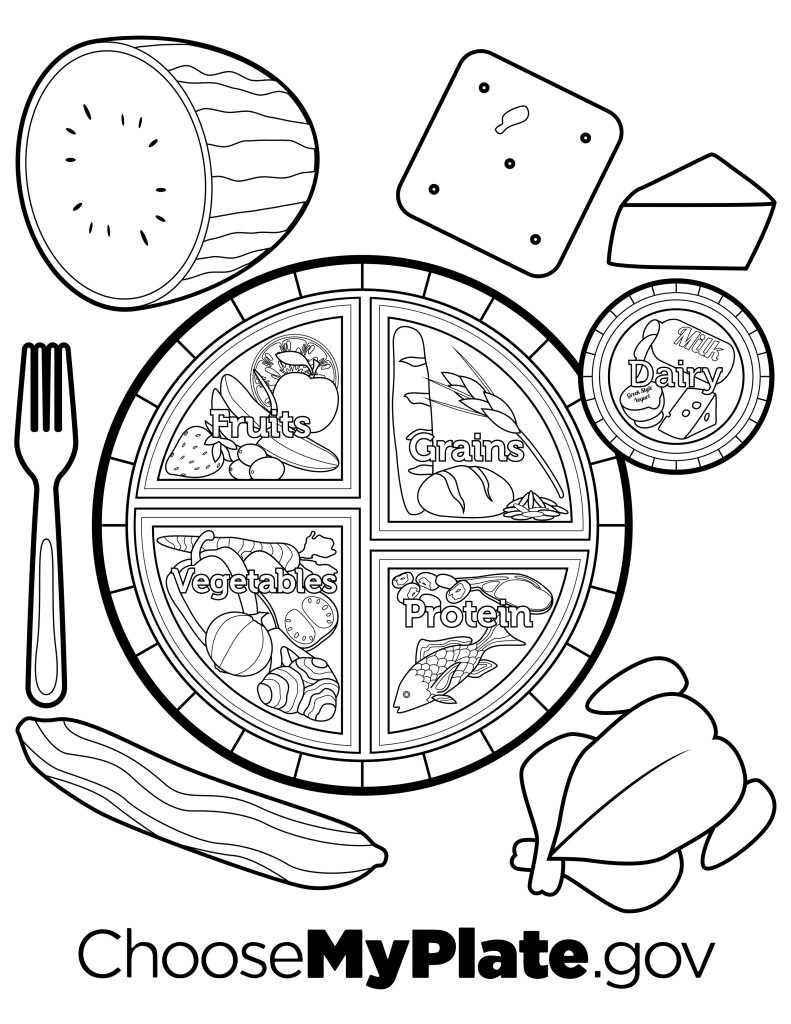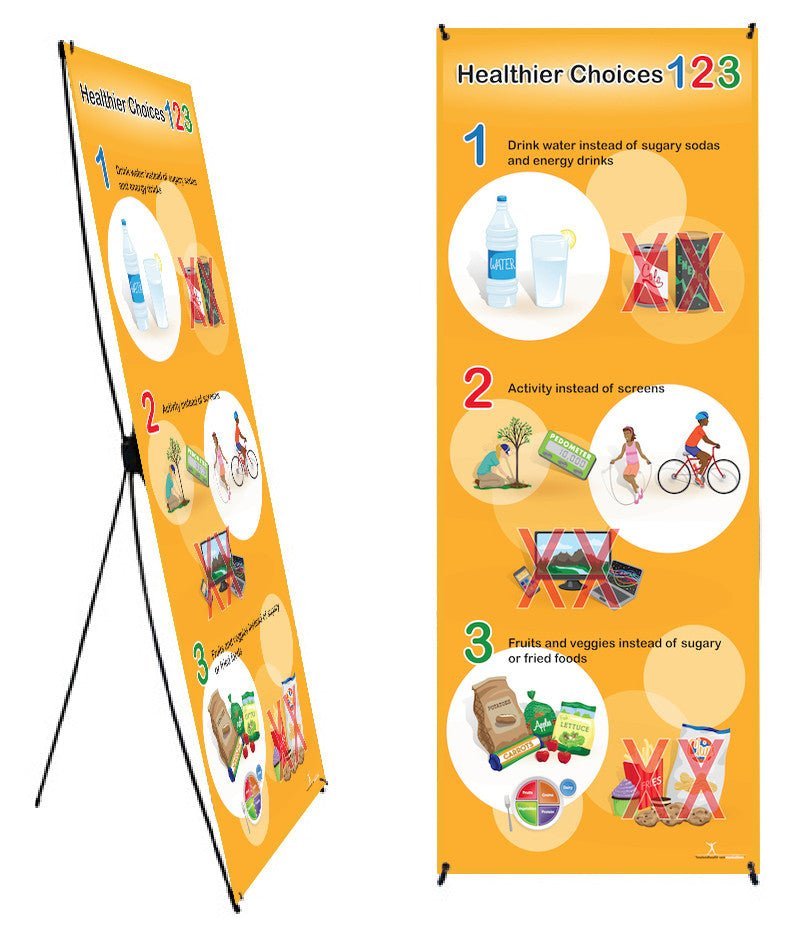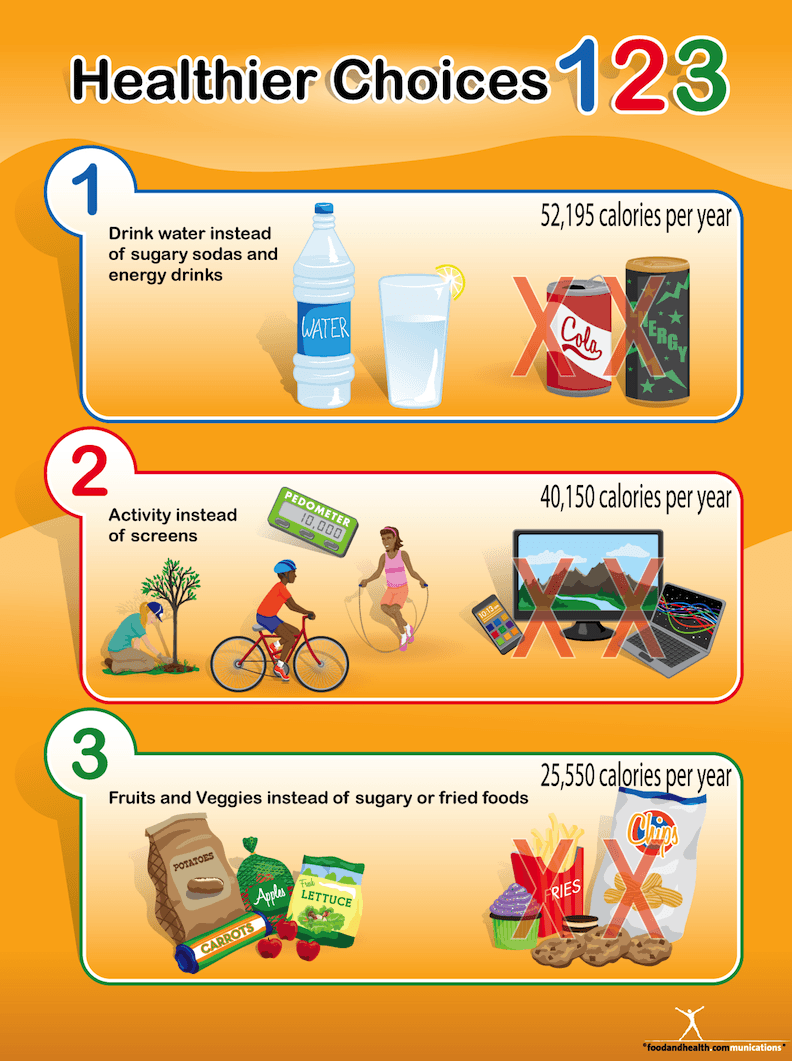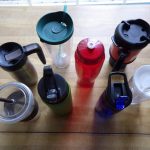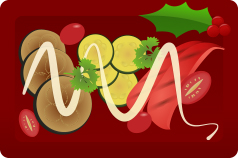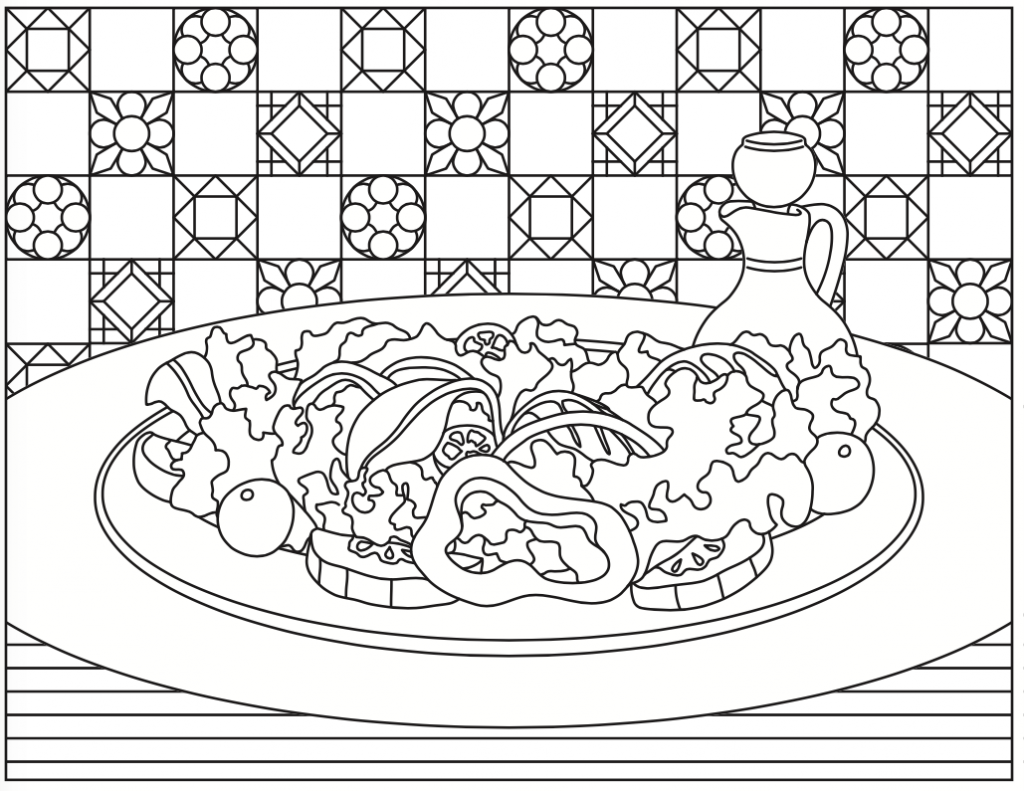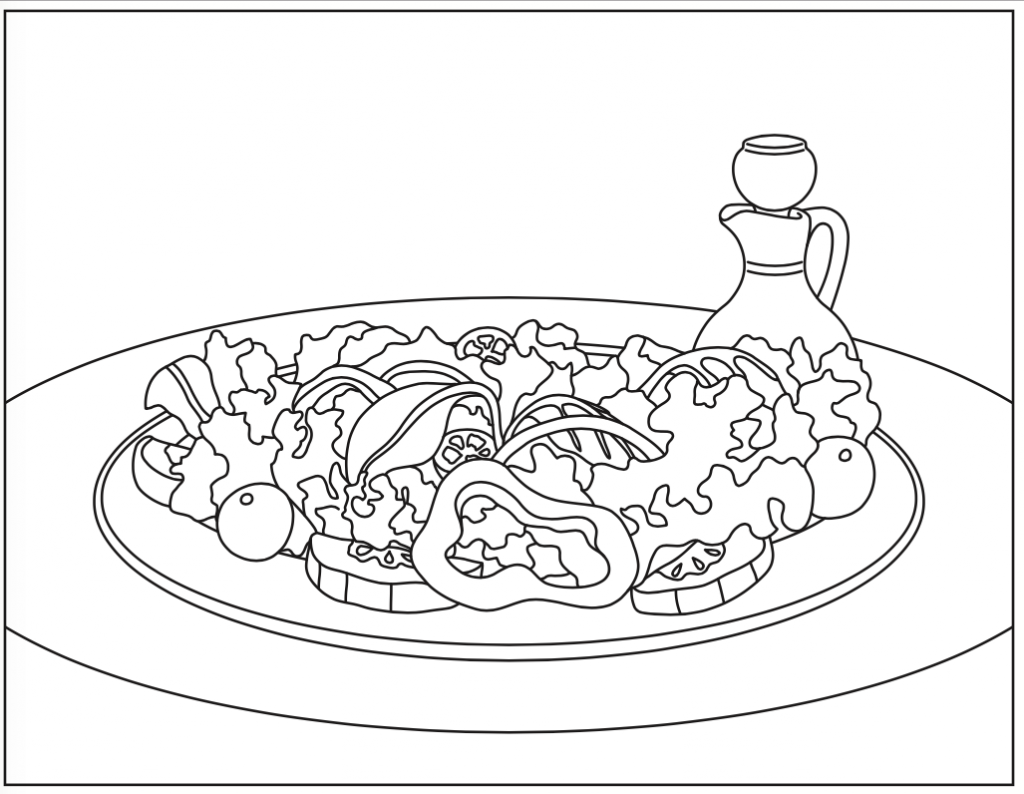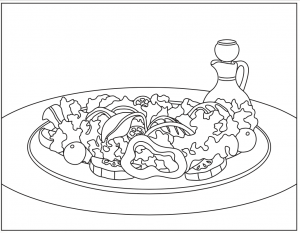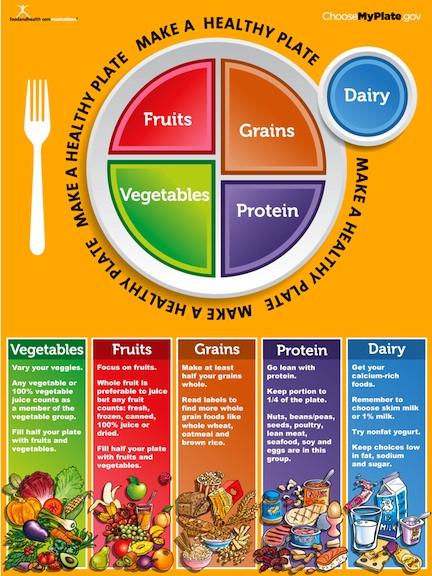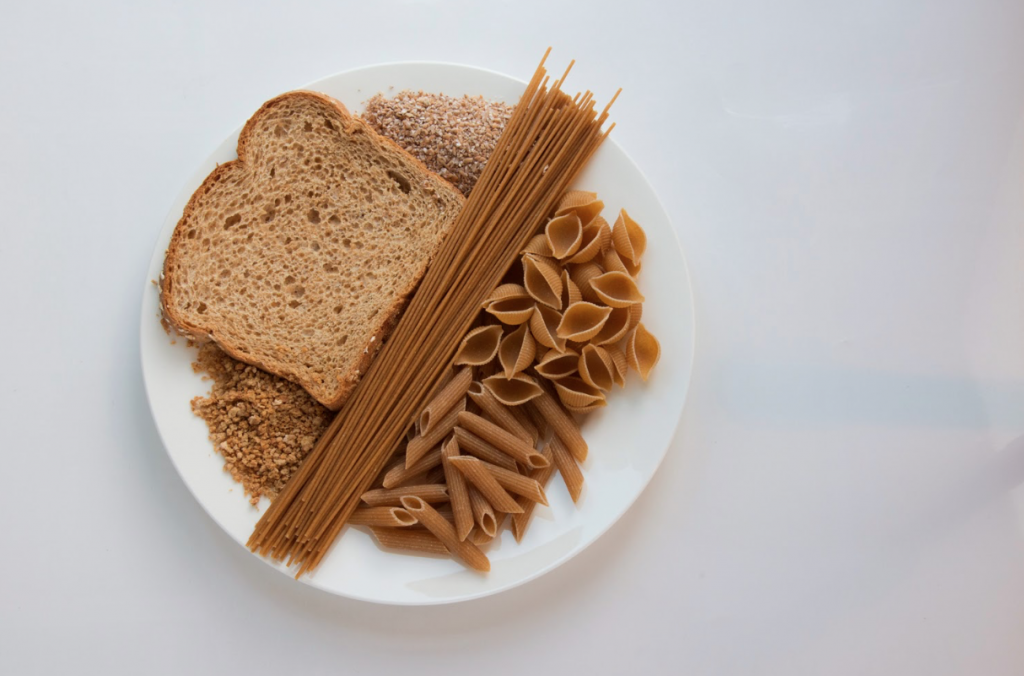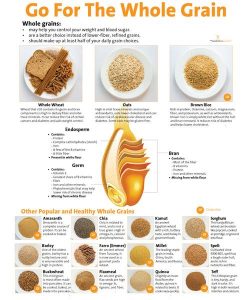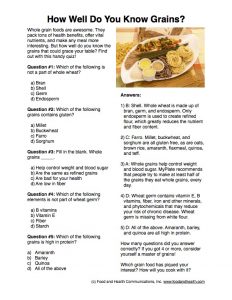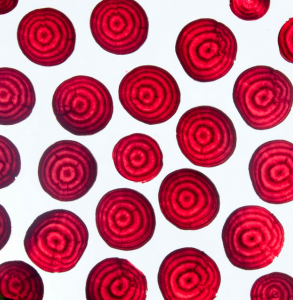
You guys, I just got the coolest request from longtime reader Pat Hunter.
Pat wrote…
I am working on a simple demo for a table I am planning on the topic of plant-based meals. I thought a crostini bar might be an inviting stop for customers. Everyone enjoys make-your-own bars. I would like to use a whole grain cracker, hummus, etc. Have you ever created a handout on this topic?
I haven’t made a handout on this particular topic, but today I want to share a bunch of strategies in this blog post.
Here’s everything you need to build a tasty and appealing crostini bar that’s also good for health!
The Bases:
Crostini make the most sense as the base for a crostini bar. For a nutrient boost, make sure that you’re slicing and toasting whole wheat bread or using pre-made crostini that highlight whole grains.
As Pat suggested, whole grain crackers are also a delightful base for the toppings, and in this day and age it might be wise to throw in some healthful gluten-free crackers as well.
Sliced cucumbers can also be good bases for the toppings in this bar if people are looking to go low-carb or get an extra veggie boost.
The Middles:
Plain hummus is a great topping for the next section of the crostini. Its mild flavor complements the toppings to follow, and its creamy texture makes it an effective “glue” for holding the toppings to the bases. Set out a few different flavors of hummus and let participants try their favorites.
Artichoke tapenade, olive tapenade, and red pepper tapenade are all also colorful and tasty options for the “middle” section of the crostini bar. Choose the options with the lowest sodium to keep your bar heart-healthy.
Finally, bean dip makes a great high-fiber addition to this crostini bar.
The Toppings:
Now let’s add some color! Sliced and diced raw vegetables are phenomenal toppings for a crostini bar. Plus, they add the necessary visual appeal and crunch that a topping should provide. Go for a mix of things like shredded carrots, halved grape tomatoes, ribboned cucumber (use a peeler to make thin ribbons), diced celery, sliced radishes, chopped bell peppers — really whatever is in season and looks appealing would be great at this part of the bar.
A shredded green salad with a light dressing can also be a great crostini topper. Consider ribbons of raw kale or chard, bulked up with shredded carrots or Brussels sprouts, then tossed with a bit of oil and fresh lemon juice.
You can also add steamed and sliced beets with goat cheese as a final option in the toppings section of your bar.
The Finishing Touches:
Salt, pepper, olive oil, citrus juice, fresh herbs, toasted and chopped/sliced nuts, and/or salad dressings can all add the perfect “finishing touch” to a crostini bar. Consider setting out a selection of those ingredients at the end of the bar for people to add to their creations before they eat them.
So, what do you think? Are you ready to build a crostini bar for your next presentation or event?



